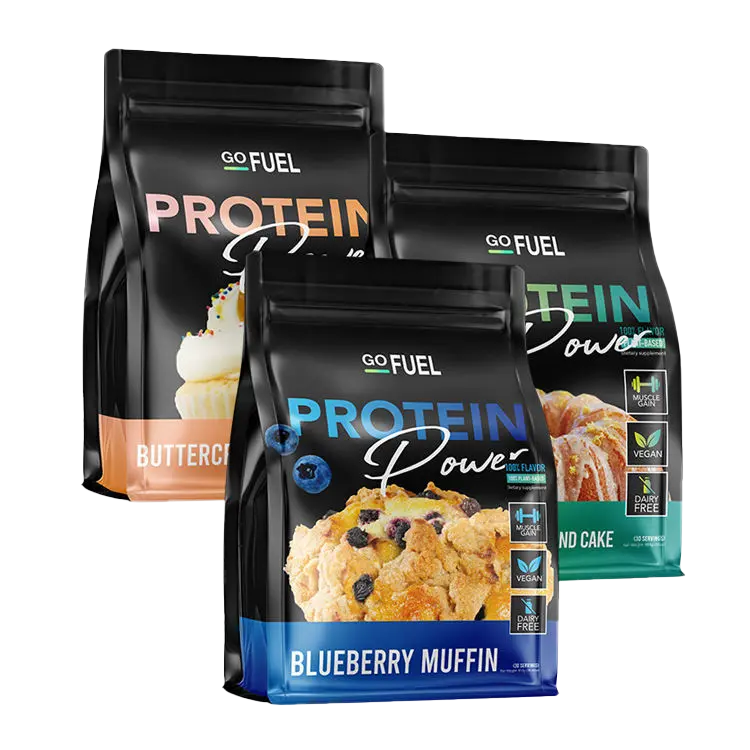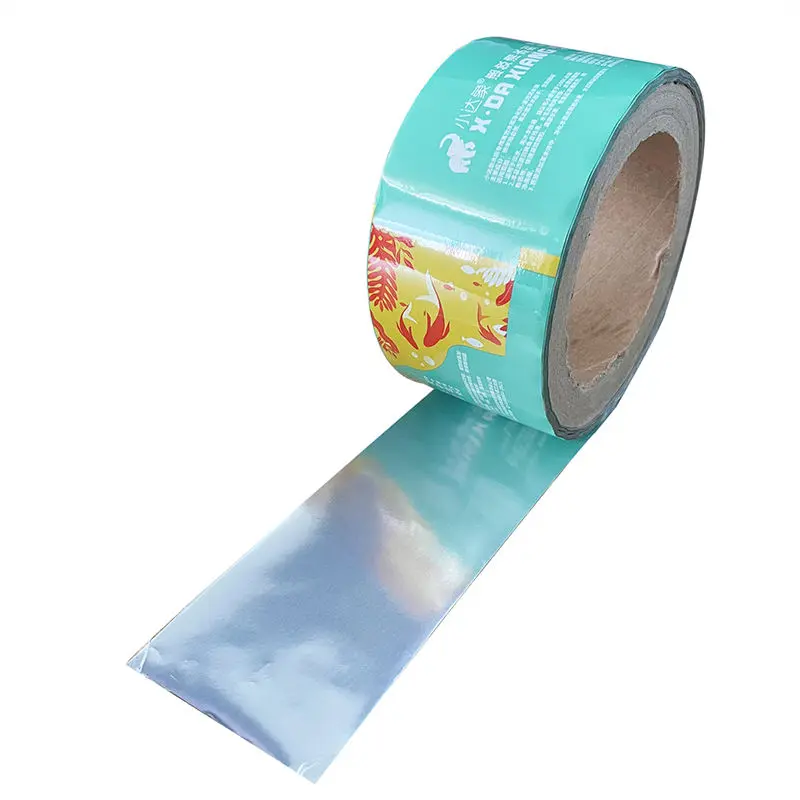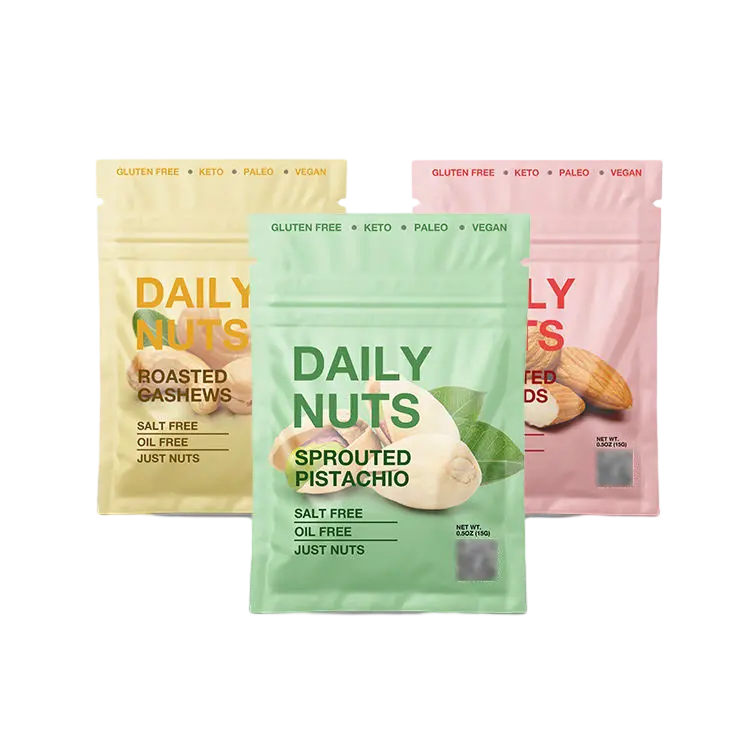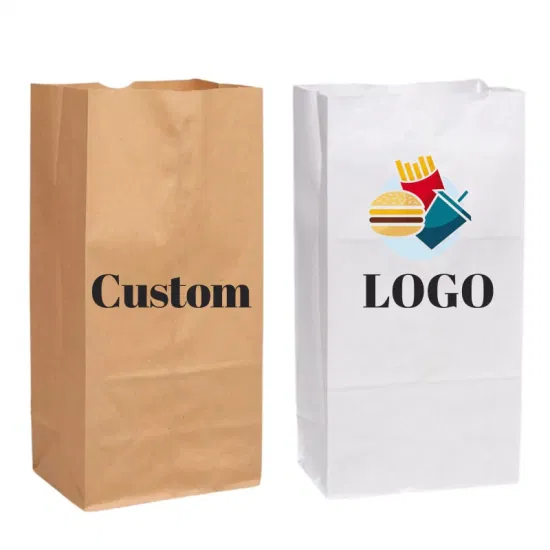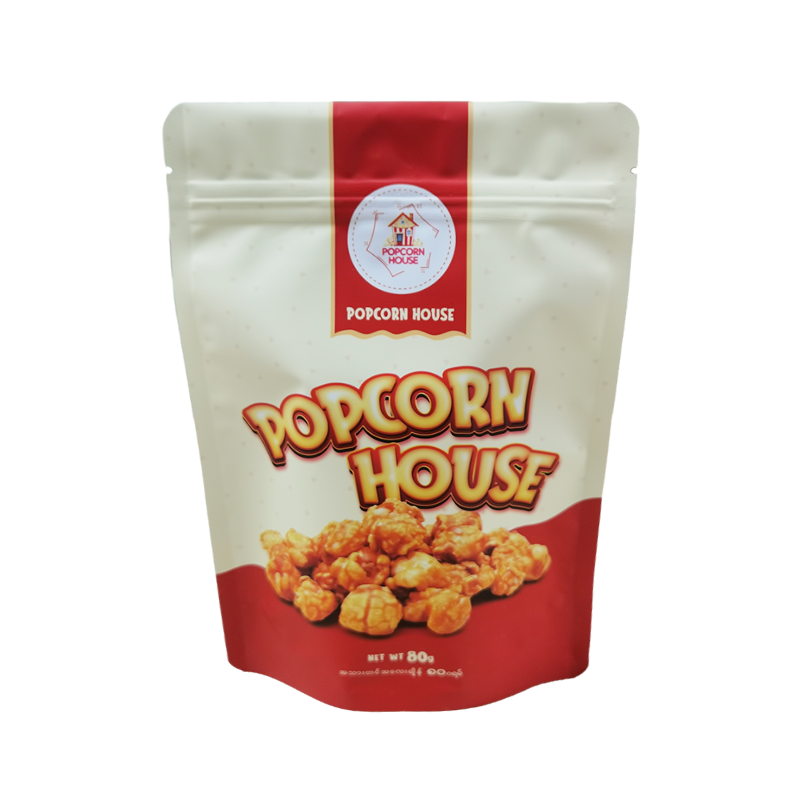Mylar bags serve as a critical tool for preserving food and other items, yet their effective use often hinges on understanding their nature and application. This leads to common questions: what are mylar bags, how to use mylar bags, and, most practically, how to seal mylar bags. These inquiries reflect a need for clear, actionable information about a storage solution that protects against spoilage over extended periods.

What Are Mylar Bags: A Fundamental Overview
Mylar bags are specialized containers made from metalized polyester, a material engineered to resist air, moisture, and light. These elements threaten the longevity of stored goods: oxygen promotes oxidation, moisture encourages mold, and light degrades quality. Unlike standard plastic bags or jars, which allow gradual exposure over time, mylar bags create a robust barrier that maintains an airtight environment when sealed. This design stems from their origins in industrial and aerospace applications, where durability and protection were paramount, later adapted for widespread storage use.
Their composition suits a range of contents, including dry foods like grains, spices, or dehydrated items, as well as non-food materials such as documents or electronics. Available in various thicknesses, typically 3.5 to 7 mils, and sizes from small pouches to large units, mylar bags offer flexibility for different needs. Their strength supports long-term storage, transport, or stacking without compromising integrity, making them a versatile option for preservation tasks.
How to Use Mylar Bags: Practical Applications
Understanding how to use mylar bags begins with recognizing their purpose: to extend shelf life by isolating contents from damaging factors. The process starts with selecting a bag size appropriate to the volume of goods; smaller bags accommodate spices or snacks, while larger ones manage bulk reserves like rice or beans. Ensuring the contents are dry is essential, as moisture can lead to spoilage or interfere with preservation methods. Items such as freeze-dried foods, nuts, or seeds benefit particularly from mylar’s protective qualities.
Usage often involves additional tools to enhance effectiveness. Oxygen absorbers, which remove residual air, can be placed inside to prevent oxidation, especially for long-term storage. Alternatively, vacuum sealing extracts air mechanically, offering a similar result. After filling, the bag requires sealing to lock in the protective environment, followed by storage in a cool, dry location to maximize durability. This approach applies to household stockpiles, commercial packaging, or emergency preparedness, adapting to diverse storage goals.
How to Seal Mylar Bags: Detailed Instructions
Sealing mylar bags properly is a critical step in their use, and mastering how to seal mylar bags ensures their preservation benefits are realized. The process varies slightly depending on available equipment, but the principles remain consistent. Below is a step-by-step guide to achieve a secure seal:
- Preparation: Choose a bag that fits the contents, leaving 2 to 3 inches of space at the top for sealing. Verify the items are free of moisture, as dampness undermines the seal’s effectiveness. Gather a heat-based sealing tool, such as a dedicated heat sealer or a household flat iron set to medium-high heat.
- Filling: Place the contents into the bag, distributing them evenly to avoid overfilling, which can strain the edges. If using an oxygen absorber, add it just before sealing to maintain its potency.
- Sealing: Position the bag on a flat, heat-resistant surface, like a wooden board. For a heat sealer, apply steady pressure across the top for 3 to 5 seconds until the edges fuse into a smooth line. With a flat iron, press for 5 to 10 seconds, moving slowly to ensure complete bonding. For vacuum sealing, use a compatible machine to remove air, followed by its sealing function.
- Verification: Press the bag gently to check for air leaks; a proper seal allows no escape. If gaps appear, repeat the sealing process over the affected area. Label the bag with contents and date for reference, then store in a stable environment.
This method accommodates various scenarios, from basic heat sealing for long-term reserves to vacuum sealing for immediate protection. Consistency in application prevents air re-entry, preserving the contents effectively.
Benefits Across Contexts
Mylar bags address multiple storage needs through their sealing capabilities. For food preservation, they maintain the quality of grains, dried fruits, or meats, preventing degradation over months or years. Non-food applications include protecting tools, medical supplies, or archival materials from humidity and light. Their adaptability supports emergency kits, where sealed contents must remain viable without frequent checks, as well as commercial uses, where consistency enhances product reliability.
Environmental resilience further enhances their utility. In humid conditions, mylar’s moisture barrier prevents absorption, while in dry settings, its airtight seal excludes dust. The sealing process ensures contents remain secure during transport or prolonged storage, making mylar bags a dependable choice across diverse situations.
Factors Ensuring Sealing Success
Several elements influence the outcome of sealing mylar bags. Bag thickness affects performance; thinner options suit lightweight items, while thicker ones manage denser contents without risk of tearing. The sealing tool’s heat and pressure must align with the bag’s material; insufficient application leaves gaps, while excessive force damages the edges. A second pass with the tool reinforces weak spots, ensuring a tight closure.
Storage conditions impact long-term success. Exposure to heat or sunlight can weaken the seal over time, so a cool, shaded location is optimal. The bag’s fill level matters; overpacking stresses the seal, while underfilling wastes capacity. Attention to these factors ensures the sealing process delivers the intended preservation benefits.
Advancements in Mylar Bag Technology
The functionality of mylar bags continues to evolve with improvements in design and application. Manufacturers are refining sealing compatibility, producing bags with edges optimized for heat and vacuum methods. Thicker variants enhance durability for rigorous use, while resealable options offer flexibility without compromising initial seals. Biodegradable formulations are emerging, aligning preservation with environmental considerations.
Additional innovations include integration with preservation tools, such as larger oxygen absorbers for extensive storage or enhanced vacuum sealer compatibility. These developments broaden the scope of mylar bags, addressing common user questions with refined solutions. Their role in storage continues to expand, providing reliable answers to preservation challenges.
Explore our products


